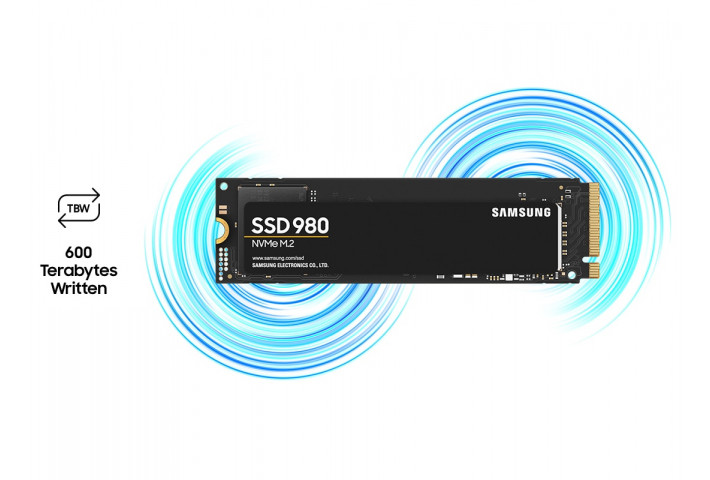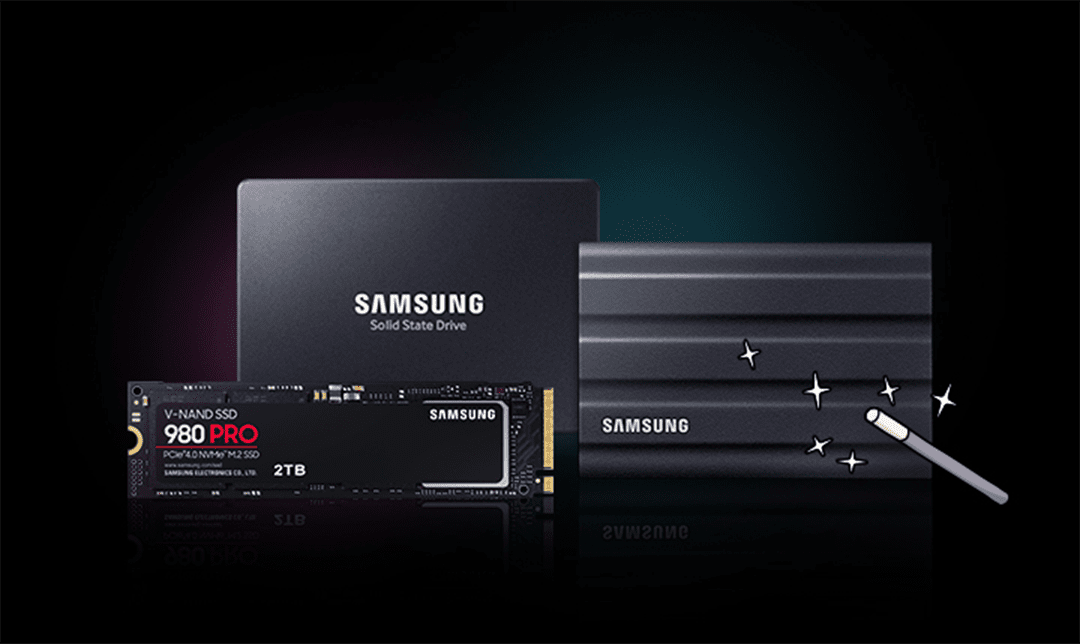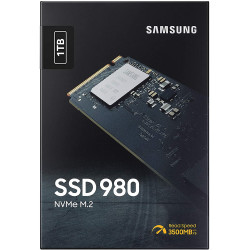20 Nov


Posted By
0 Comment(s)
9711 View(s)
SSDs are gradually replacing hard discs. They are as silent as a mouse, far quicker than HDDs, and less prone to failure.
Manufacturers grade their drives based on three main characteristics known as TBW, drive writes per day, and drive capacity (DWPD). It reflects an SSD's durability level. It would help if you also verified the TBW of the SSD before purchasing it. However, you're at the right spot if you don't know what SSD TBW is and how you can check it. This article will discover everything you should know about SSD TBW. Let's get going!

Why Is TBW Important
SSDs use flash memory cells to store information. While reading the data from such cells does not affect them, they decay with each delete and write. Eventually, the flash storage cell degrades to the point of failure. So, TBW informs you how much information you can store before the memory cells fail.
TBW metrics are vital to consider when finalizing your purchase choice as manufacturers enhance the productivity and capacities of their drives while also finding methods to lower prices to make them more cheap. For example, if you have to choose between two drives with equivalent read and write efficiency, TBW should be the first attribute you consider.
Larger capacity devices have a greater TBW rating since they have additional flash storage cells to write to. For instance, a common 500GB SSD has a TBW of roughly 300. Samsung 980 PRO 1TB SSDs offer as much as 600TBW and are available in our store.
Having said that, purchasing a drive with a high TBW will ensure you a drive with a longer life than one with a much lower amount. With frequent and diverse backups and upgrades or upgrades before your warranty term expires, you should be prepared to keep your data secure and your PC working quickly for years to come.
The average TBW statistic for a 250 GB SSD is between 60 and 150 terabytes written. That indicates that to exceed a promised TBW of 70, a client must write 190 GB daily for a year.
What Will Happen If SSD Reached The TBW limit
Many believe that their SSD would die once they surpass the complete TBW limit. They believe that once TBW is filled, the SSD will be useless to them. But it is just incorrect. After you've exhausted your TBW allowance, the SSD will retain its data, which you may access whenever you want. However, writing functionalities will no longer be accessible, and your SSD's warranty will become worthless (if it hasn't already).
This metric is assigned to storage devices that indicate how much storage space the drive can carry before the memory cells deteriorate. The danger of data loss or drive failure rises when that threshold is reached.
Furthermore, the Mean Time Between Failure (MTBF), Total Terabyte Write (TBW), and all of this are approximated data. These figures indicate that the NAND cells have a restricted writing capability.

Conclusion
SSDs make your system perform quicker, and it's difficult to describe or completely grasp how fantastic they are until you've used them in your system. They come with a TBW that defines the write limit of the SSD, and it is an essential factor to consider while purchasing or understanding the lifespan of SSD. And we hope that now you know more about SSD TBW after reading this article. Call or visit us if you want to make smart decision about purchasing SSDs - we can offer you wide range of high quality drives.











